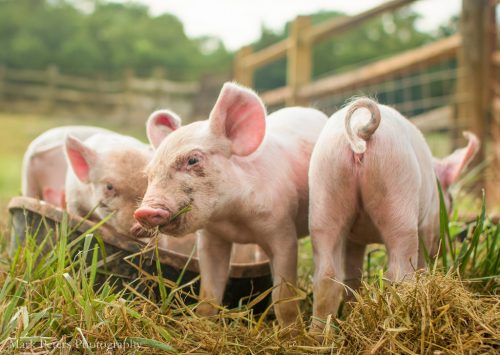Preparing Your Rural Community for Disasters
Chris Brunner, May 10, 2017

Disasters that impact rural communities pose a substantial risk to animals and agriculture. Consider the 2015 Valley Fire in California. Thousands of residents had to be evacuated. Vineyards were in midharvest when the fire struck. Farm equipment and hundreds of outbuildings and barns lay in ruins. Pets and livestock had to be left behind to face the wildfire alone.
In the end, the fired burned 76,067 acres, took the lives of four civilians, seriously injured four firefighters, and destroyed 1,955 structures. At its peak, over 4,000 firefighters battled the blaze which cost nearly $57 million to extinguish. Investigators uncovered evidence that a residential electrical connection arced and ignited surrounding dry grass, leading to the third most destructive wildfire in California’s recorded history.
A wildfire is among several disasters, including flood, heat, earthquake, tornado, hurricane, hazardous materials, and catastrophic animal disease that can have a devastating impact on rural communities. Rural communities are also vulnerable to intentional agroterrorism attacks. Such disasters contain the potential to effect the U.S. food supply. Moreover, severe economic loss, injury to humans and animals, environmental contamination, and death, can be the result of incorrectly responding to natural, accidental, or intentional disaster events.
Preparedness is Essential
Preparedness is essential for the coordination of an effective all-hazards disaster response. Preparation for disasters that would impact agricultural and food resources is critical for rural communities. Training is necessary to help communities develop all-hazard response plans to address intentional or unintentional disasters.
Training Courses for Rural Communities
WIFSS addressed this need for preparedness by developing two training courses for rural communities to help them prepare and plan for disasters that may impact animals, agriculture, and food. In this month’s cover story entitled Rural Community Preparedness for Disasters Affecting Animals, Agriculture, and Food, published in the Spring 2017 issue of Rural Connections, Dr. Amanda Arens, formerly Program Manager for Outreach and Training at WIFSS, now Supervising Veterinarian with the Animal Health Branch at the California Department of Food and Agriculture, and Ms. Heather Johnson, Instructional Systems Designer, WIFSS, describe these two new courses and the WIFSS curriculum development process.
The target audiences for the awareness level course “All Hazards Preparedness for Animals in Disasters” and the management course “All Hazards Planning for Animal, Agriculture, and Food Related Disasters” include local emergency response teams, emergency planners, veterinarians, animal control officials, government and non-government agencies, and tribal representatives.
Be Prepared and Have a Plan
A preparedness plan saves time during an emergency response and will increase the chances for the survival of your property, family, and animals. WIFSS has used a rigorous and thorough development process to provide two new courses that will help rural communities develop their plans for disasters that impact animal, agricultural, and food industries. Disasters, whether manmade or natural, are happening all the time. Amid the chaos of response and evacuation, every second counts.
Course information can be found at www.wifss.ucdavis.edu/courses
